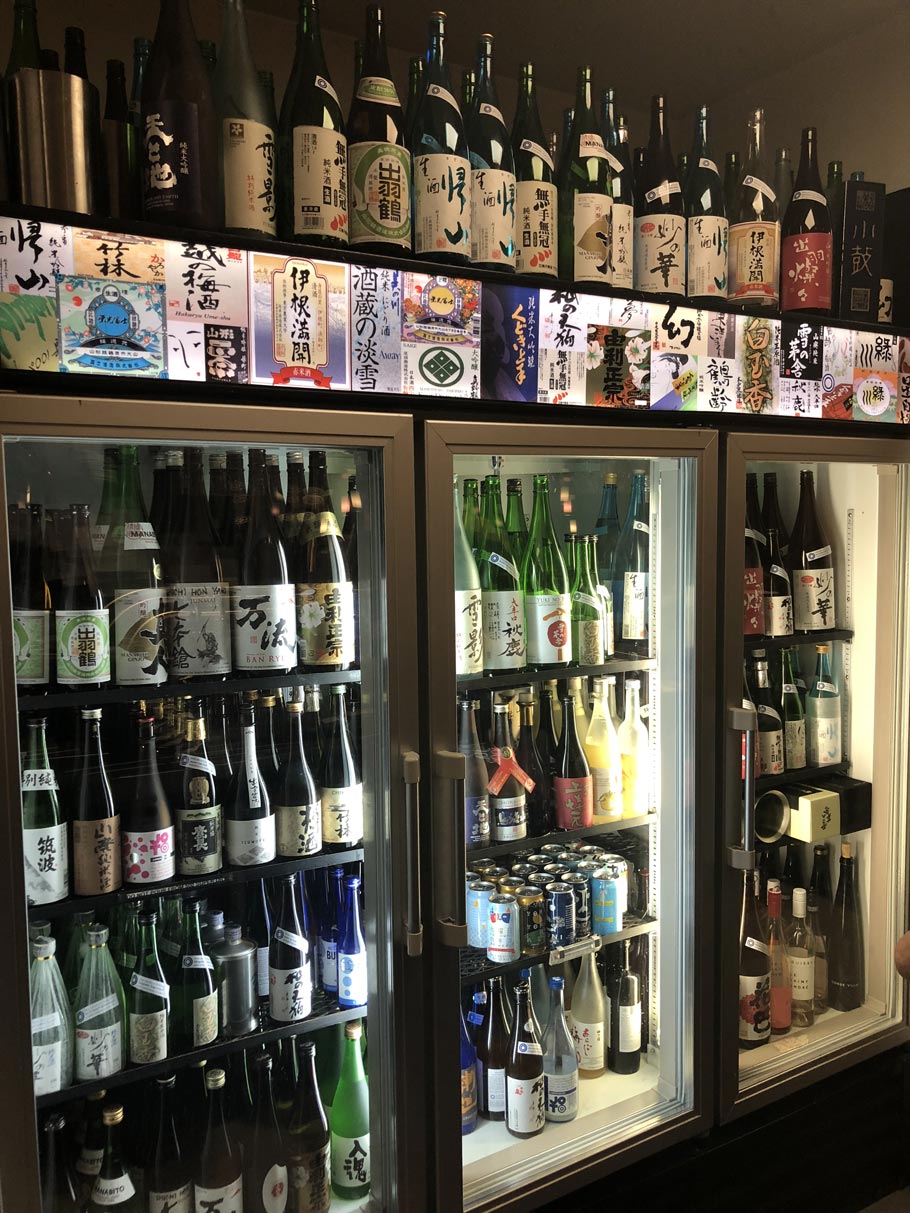Drinking With The Pros: Sake 101 With Izanami
Learning The Basics Of Japanese Rice Wine


Latest Article|September 3, 2020|Free
::Making Grown Men Cry Since 1992


